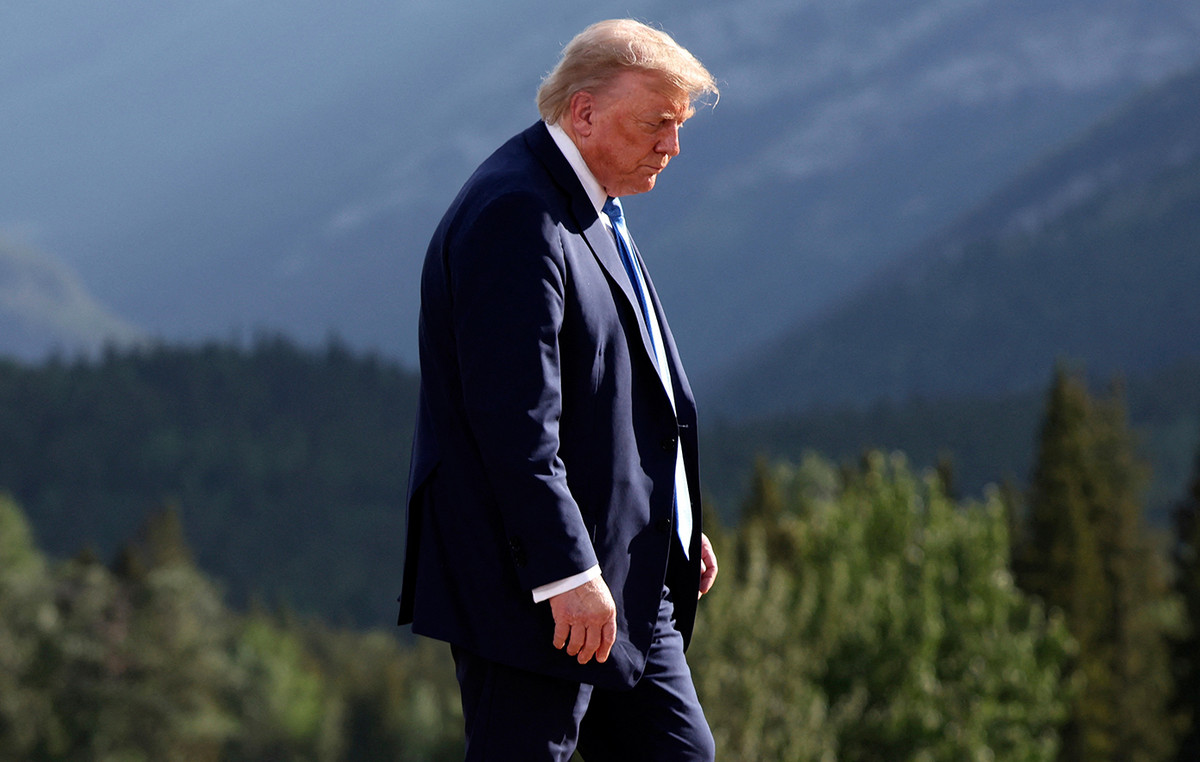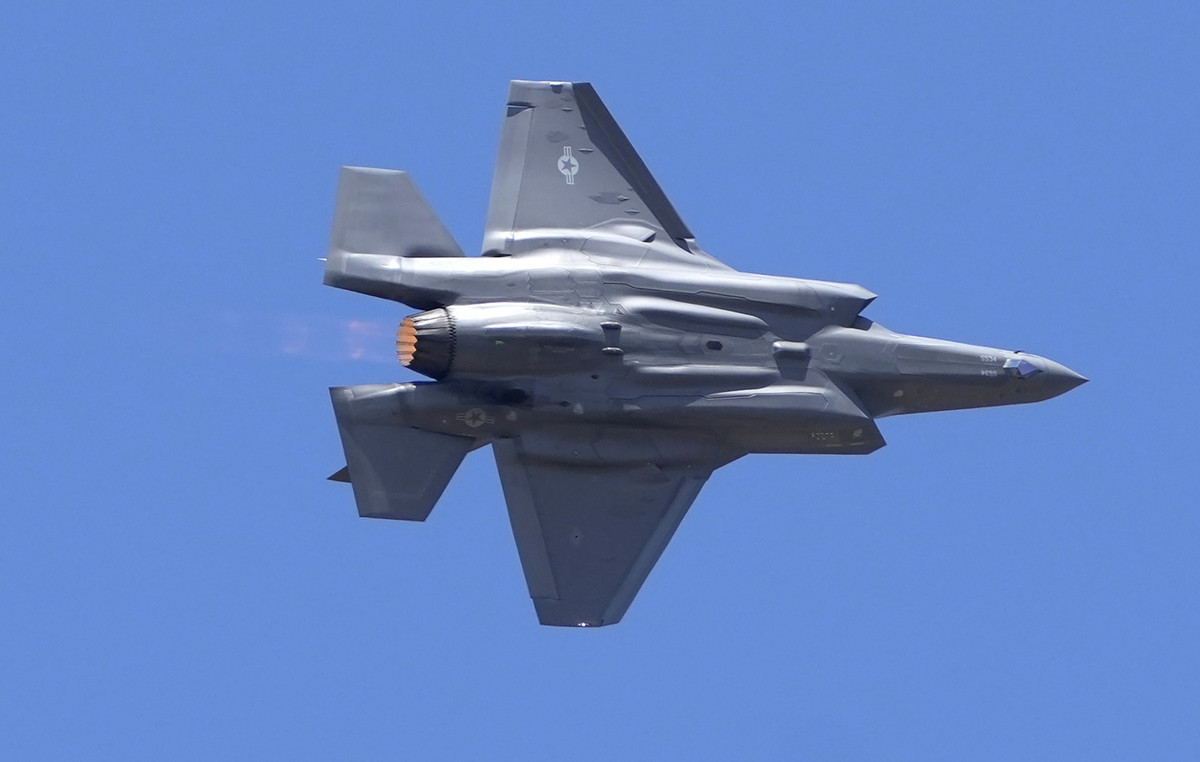- The price of WTI wins impulse about $ 73.55 in the first bars of the Asian session on Wednesday.
- Trump threatens the leader of Iran, asking for unconditional surrender.
- The US crude oil inventories fell dramatically at 10,133 million barrels in the week that ended on June 13, according to the API.
The West Texas Intermediate (WTI), the referent of the US crude oil, is being negotiated around $ 73.55 during Wednesday’s Asian negotiation hours. The price of the WTI extends recovery as tensions in the Middle East intensify and the probability that the United States (USA) is involved in the conflict increases.
The president of the USA, Donald Trump, published on his social media platform, asking for the “unconditional surrender” of Iran. The fears that the US will get involved in the conflict in the midst of the climbing of tensions between Israel and will raise the price of WTI. In addition, a senior commander declared on Saturday that Iran, an important oil producer, is considering closing the Ormuz Strait. This, in turn, could increase crude oil prices in the short term.
The weekly report of the American Petroleum Institute (API) showed that crude oil reserves in the US for the week that ended on June 13 fell dramatically at 10,133 million barrels, compared to a decrease of 370,000 barrels in the previous week. The market consensus estimated that reserves would decrease by 600,000 barrels. Until now this year, crude oil inventories have increased by 7.6 million barrels, according to the oil price calculations of the API data.
On the other hand, the expectations of a lower demand could limit the wi’s bullish potential. In its monthly oil report on Tuesday, the International Energy Agency (AIE) reviewed its world demand estimation in 20,000 barrels per day compared to last month’s forecast and increased supply estimation in 200,000 BPD to 1.8 million BPD.
Petroleum operators will keep an eye on the decision on the interest rates of the US Federal Reserve (FED) later on Wednesday, which is expected to keep the stable interest rates at your June meeting. Future markets expect two rates cuts for the end of the year, possibly starting in September. In addition, the AIE crude oil inventory report will be published.
WTI FAQS oil
WTI oil is a type of crude oil that is sold in international markets. WTI are the acronym of West Texas Intermediate, one of the three main types that include the Brent and Dubai’s crude. The WTI is also known as “light” and “sweet” by its relatively low gravity and sulfur content, respectively. It is considered high quality oil that is easily refined. It is obtained in the United States and is distributed through the Cushing Center, considered “the crossing of the world.” It is a reference for the oil market and the price of WTI is frequently traded in the media.
Like all assets, supply and demand are the main factors that determine the price of WTI oil. As such, global growth can be a driver of the increase in demand and vice versa in the case of weak global growth. Political instability, wars and sanctions can alter the offer and have an impact on prices. OPEC decisions, a group of large oil -producing countries, is another key price factor. The value of the US dollar influences the price of WTI crude oil, since oil is mainly traded in US dollars, so a weaker dollar can make oil more affordable and vice versa.
Weekly reports on oil inventories published by the American Petroleum Institute (API) and the Energy Information Agency (EIA) influence the price of WTI oil. Changes in inventories reflect the fluctuation of supply and demand. If the data show a decrease in inventories, it can indicate an increase in demand, which would raise the price of oil. An increase in inventories may reflect an increase in supply, which makes prices lower. The API report is published every Tuesday and that of the EIA the next day. Their results are usually similar, with a 1% difference between them 75% of the time. EIA data is considered more reliable, since it is a government agency.
The OPEC (Organization of Petroleum Exporting Countries) is a group of 13 nations oil producing that collectively decide the production quotas of member countries in biannual meetings. Their decisions usually influence WTI oil prices. When OPEC decides to reduce fees, it can restrict the supply and raise oil prices. When OPEC increases production, the opposite effect occurs. The OPEC+ is an expanded group that includes another ten non -members of the OPEC, among which Russia stands out.
Source: Fx Street
I am Joshua Winder, a senior-level journalist and editor at World Stock Market. I specialize in covering news related to the stock market and economic trends. With more than 8 years of experience in this field, I have become an expert in financial reporting.







